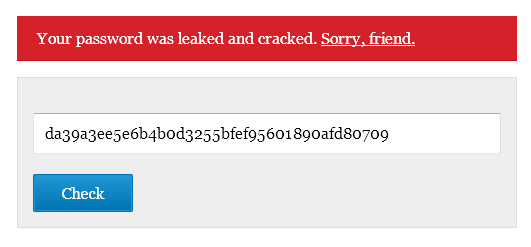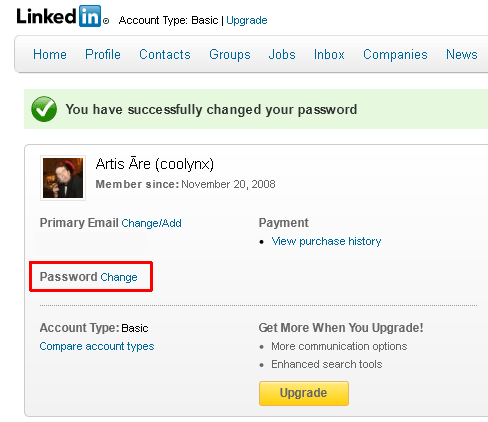Pirms pāris mēnešiem dabūjām trūkties, kad parādījās informācija par LinkedIn lietotāju parolēm, kas tika publicētas internetā. Šodien nākamais sitiens, nu jau iOS ierīču lietotājiem.
Vismaz 1miljonam no 12 miljoniem lietotāju, kuru dati tika nopludināti.
there you have. 1,000,001 Apple Devices UDIDs linking to their users and their APNS tokens.
the original file contained around 12,000,000 devices. we decided a million would be enough to release.
we trimmed out other personal data as, full names, cell numbers, addresses, zipcodes, etc.
not all devices have the same amount of personal data linked. some devices contained lot of info.
others no more than zipcodes or almost anything. we left those main columns we consider enough to help a significant amount of users to look if their devices are listed there or not. the DevTokens are included for those mobile hackers who could figure out some use from the dataset.
Kā viņi tika pie šiem datiem.
During the second week of March 2012, a Dell Vostro notebook, used by Supervisor Special Agent Christopher K. Stangl from FBI Regional Cyber Action Team and New York FBI Office Evidence Response Team was breached using the AtomicReferenceArray vulnerability on Java, during the shell session some files were downloaded from his Desktop folder one of them with the name of “NCFTA_iOS_devices_intel.csv” turned to be a list of 12,367,232 Apple iOS devices including Unique Device Identifiers (UDID), user names, name of device, type of device, Apple Push Notification Service tokens, zipcodes, cellphone numbers, addresses, etc. the personal details fields referring to people appears many times empty leaving the whole list incompleted on many parts. no other file on the same folder makes mention about this list or its purpose.
Kāpēc tika publicēti šie dati.
why exposing this personal data?
well we have learnt it seems quite clear nobody pays attention if you just come and say ‘hey, FBI is using your device details and info and who the fuck knows what the hell are they experimenting with that’, well sorry, but nobody will care.
FBI will, as usual, deny or ignore this uncomfortable thingie and everybody will forget the whole thing at amazing speed. so next option, we could have released mail and a very small extract of the data. some people would eventually pick up the issue but well, lets be honest, that will be ephemeral too.
So without even being sure if the current choice will guarantee that people will pay attention to this fucking shouted ‘FUCKING FBI IS USING YOUR DEVICE INFO FOR A TRACKING PEOPLE PROJECT OR SOME
SHIT’ well at least it seems our best bet, and even in this case we will probably see their damage control teams going hard lobbying media with bullshits to discredit this, but well, whatever, at least we tried and
eventually, looking at the massive number of devices concerned, someone should care about it. Also we think it’s the right moment to release this knowing that Apple is looking for alternatives for those UDID currently and since a while blocked axx to it, but well, in this case it’s too late for those concerned owners on the list. we always thought it was a really bad idea. that hardware coded IDs for devices concept should be erradicated from any device on the market in the future.
Kā var pārbaudīt vai neesi sarakstā?
Lasīt tālāk →
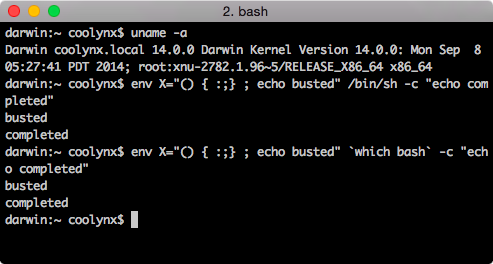
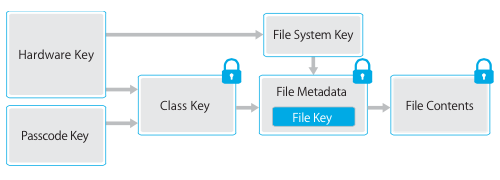
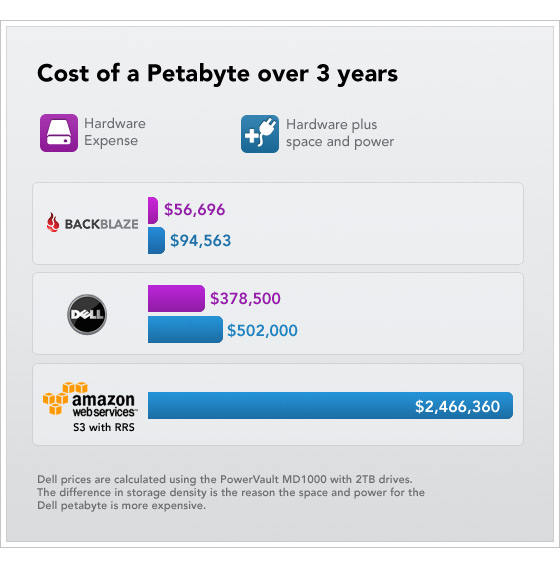
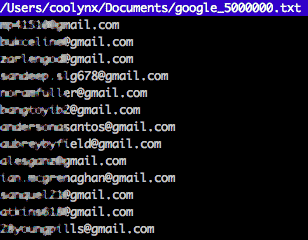 Var lejupielādēt sarakstu ar
Var lejupielādēt sarakstu ar 